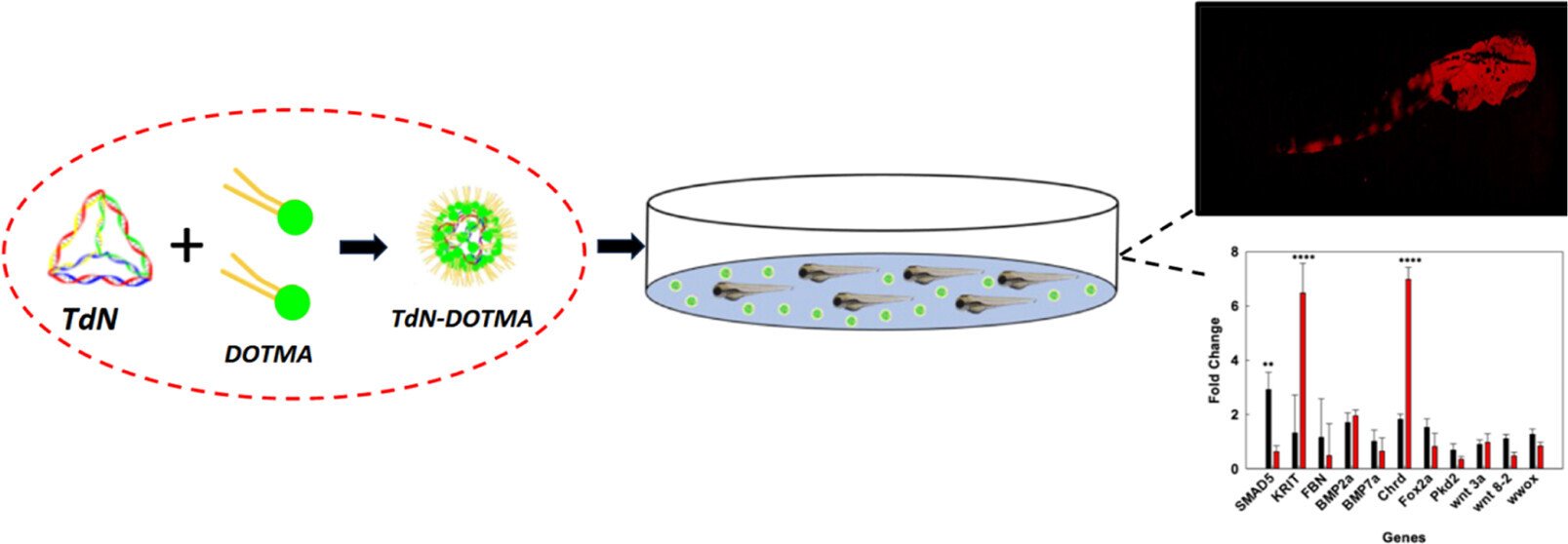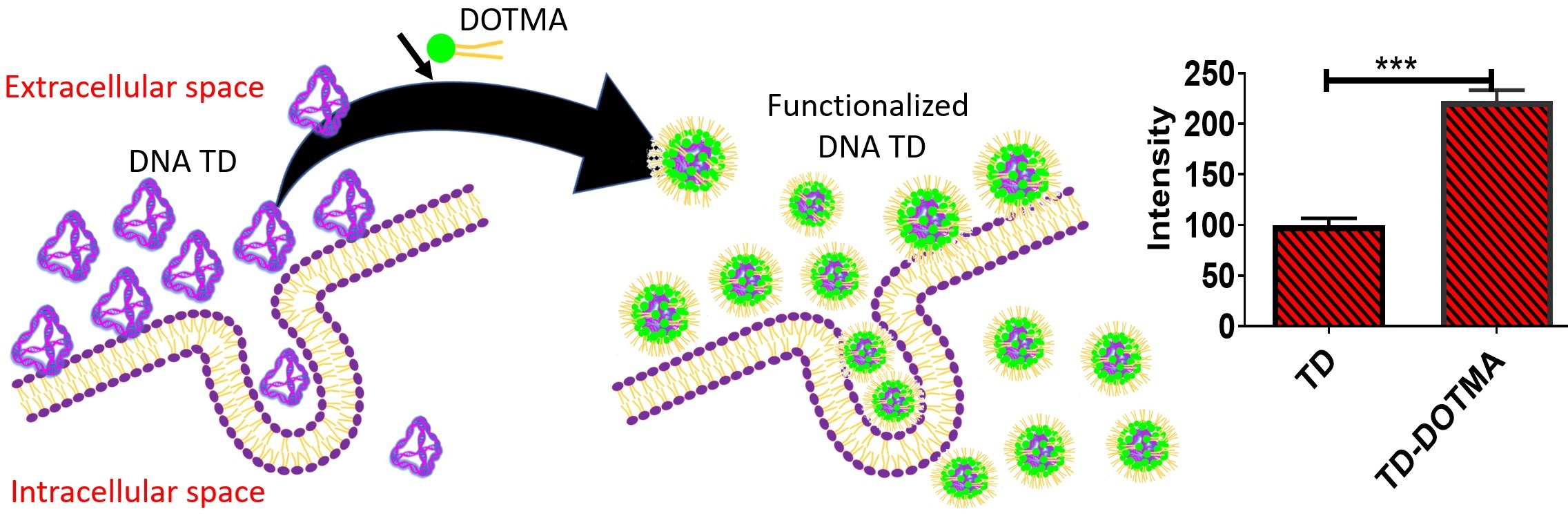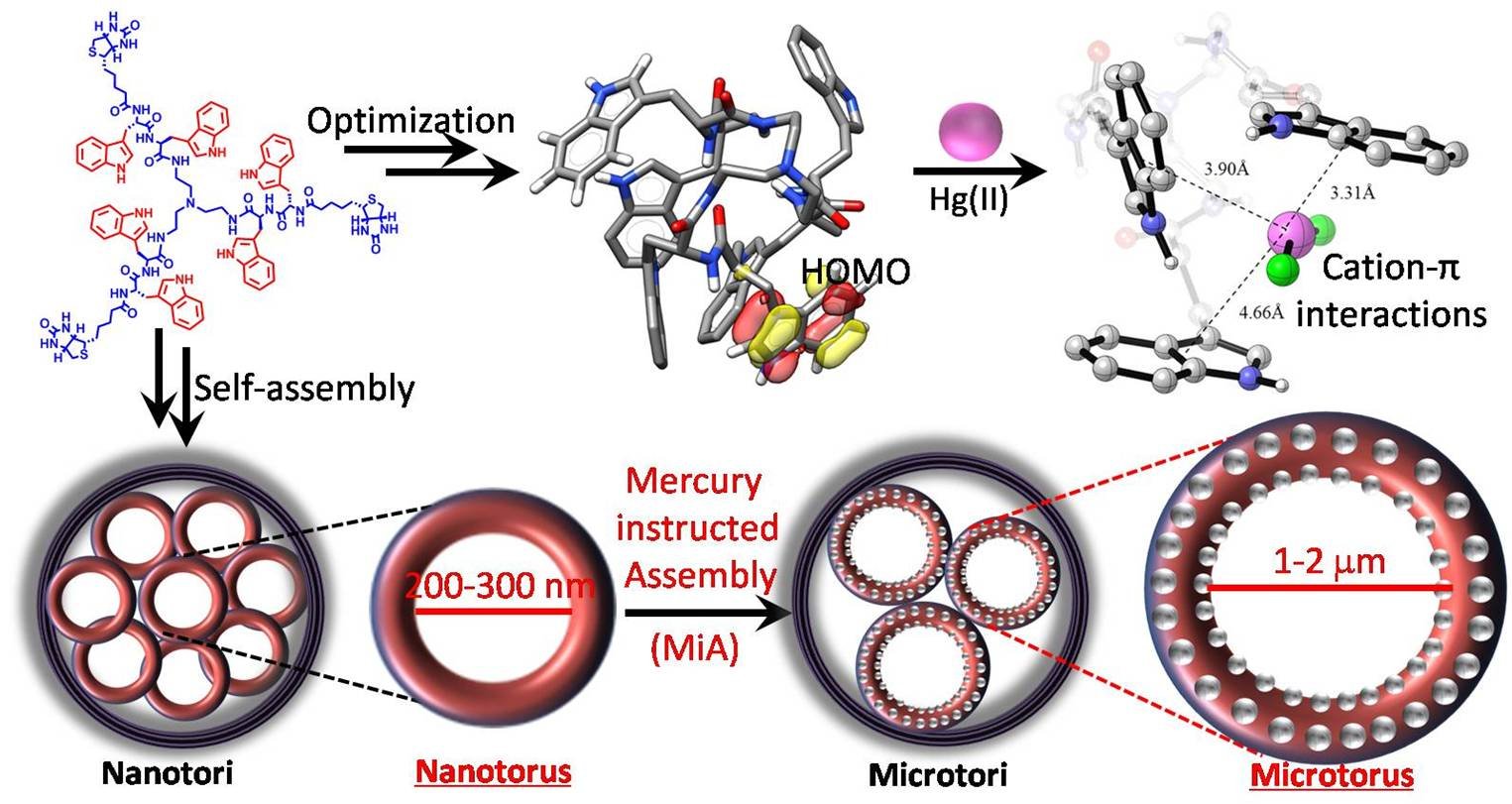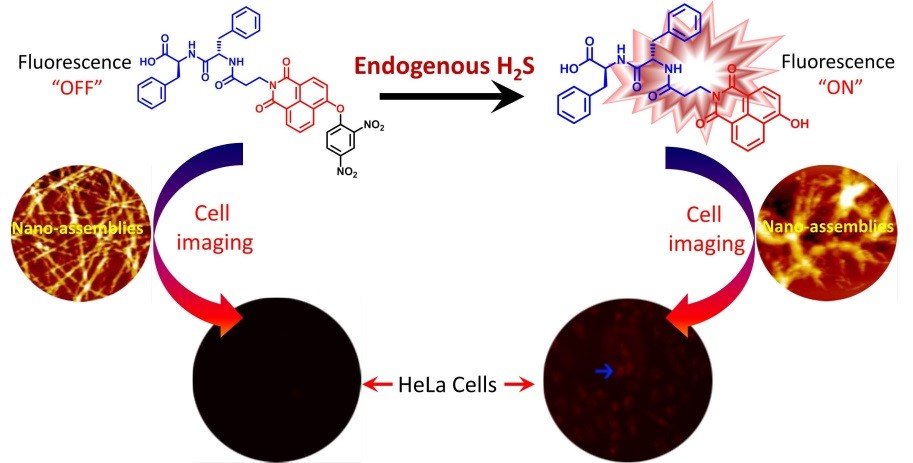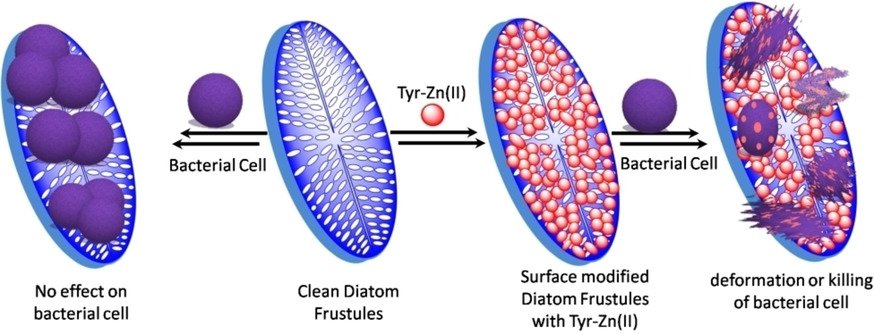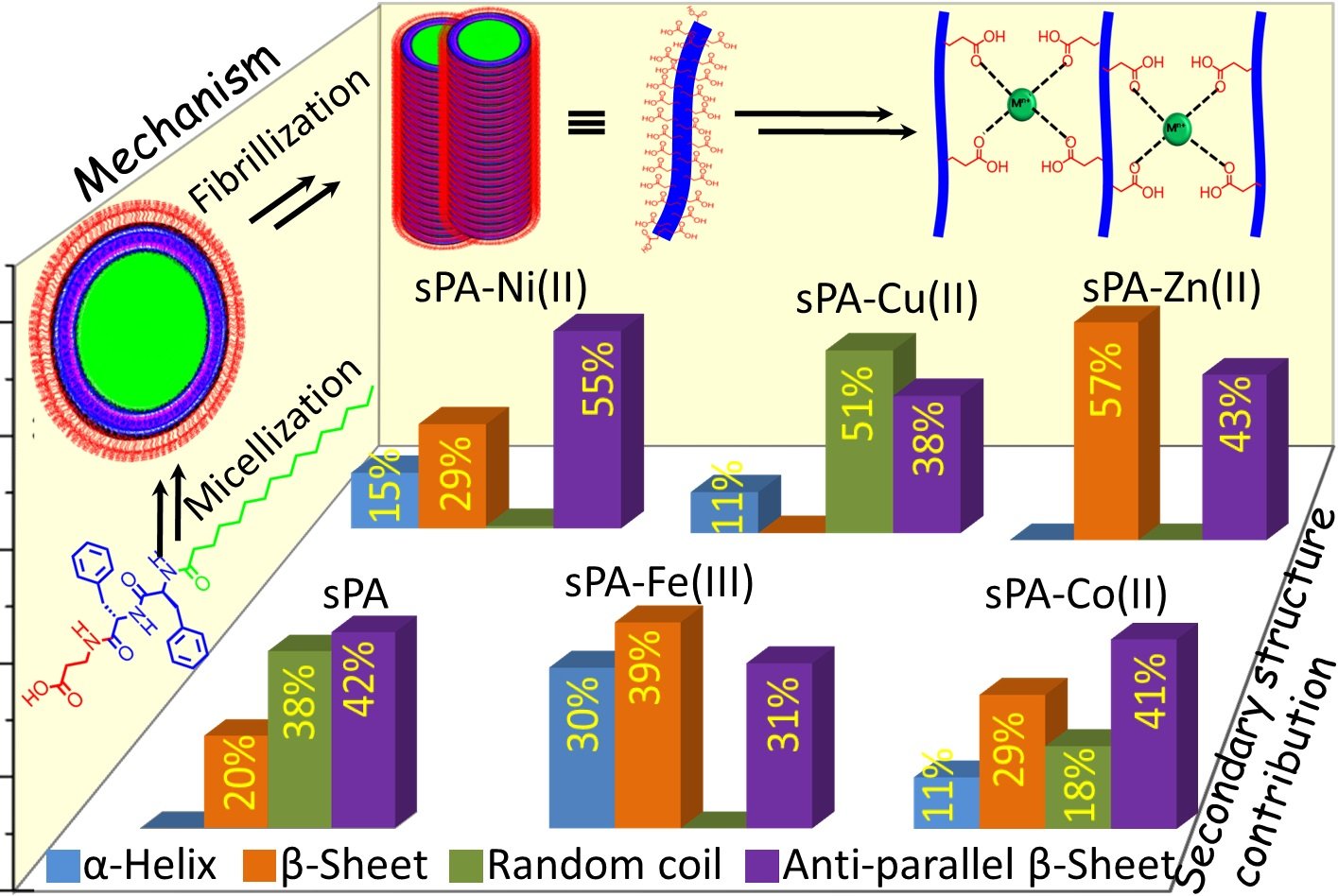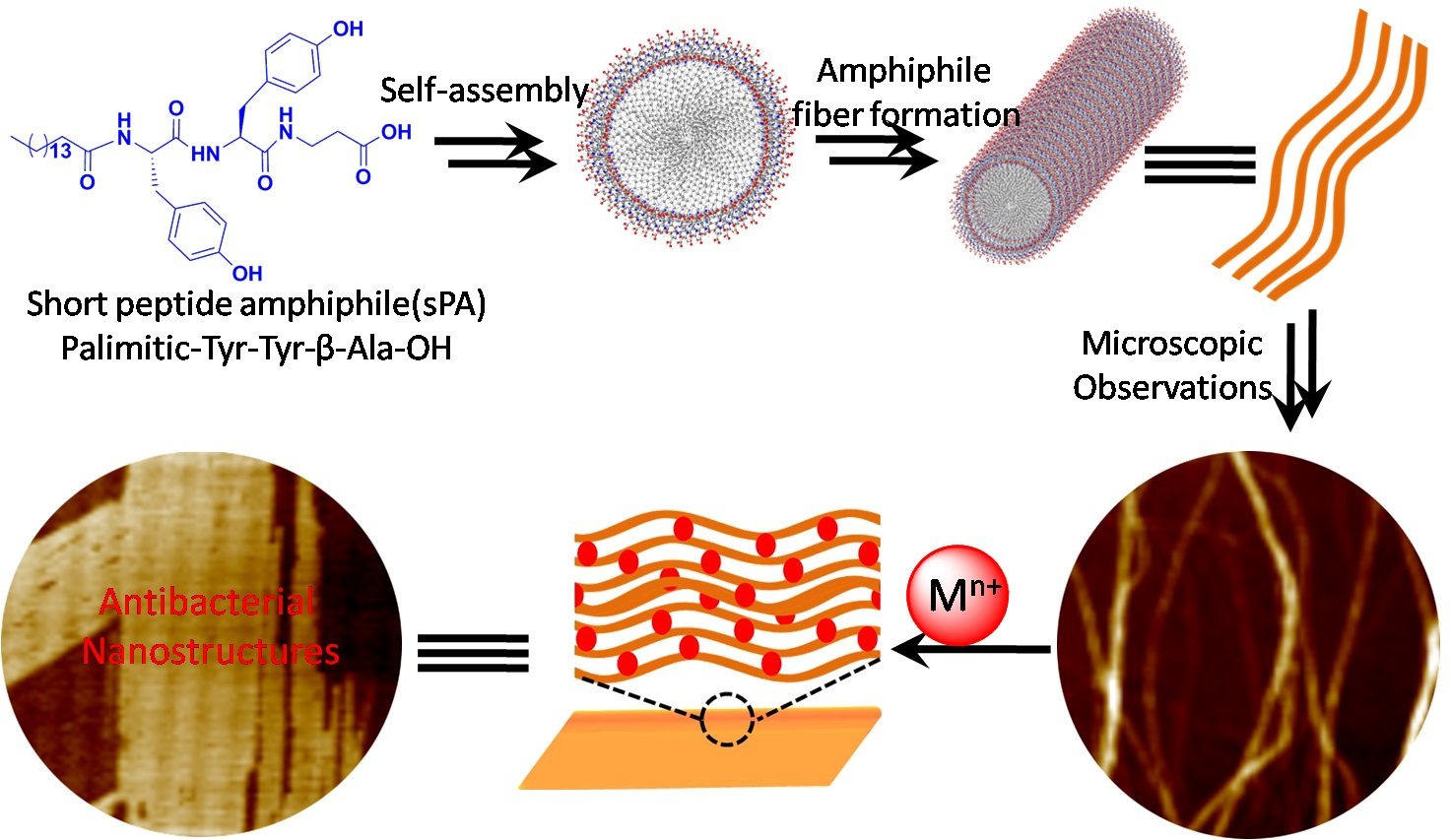Bio-molecular self-assembly uses non-covalent forces such as van der Walls forces, hydrophobic interaction, hydrogen bonding, π-π stacking, etc. to facilitate the formation of highly organized and thermodynamically stable nanostructures.
Peptide Nano Technology
I am interested to design and synthesize short peptides conjugate for the fabrication of new fascinating nano-architectures and its manipulation. The ability to create ordered nanostructures by strategically designed or bioinspired peptide self-assembly is a significant tool for resolving the complicated assembly process of natural proteins. These nanoparticles are utilized for various biomedical applications such as antibacterial activity, bioimaging, and drug delivery purpose.
- Design and synthesis of diverse short peptide conjugates and study their aggregation behaviors.
- To apply Self-assembly properties of short peptide conjugates in forming soft nanostructured material.
- Investigate the mechanism of the self-assembly process by applying stimuli such as temperature, pH, metal cations, and by chemical modifications
- To check the applications of these controlled nanostructures in biotechnology and the biomedical field.
DNA Nanotechnology
Currently, I am working on functionalization of DNA nanomaterial with peptides and other functional ligand.

